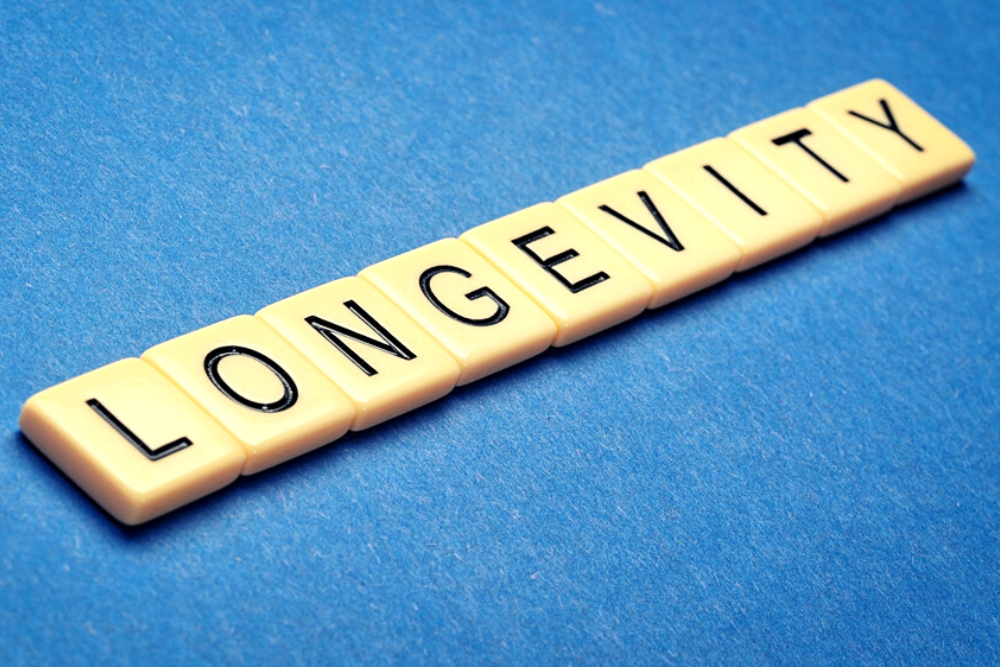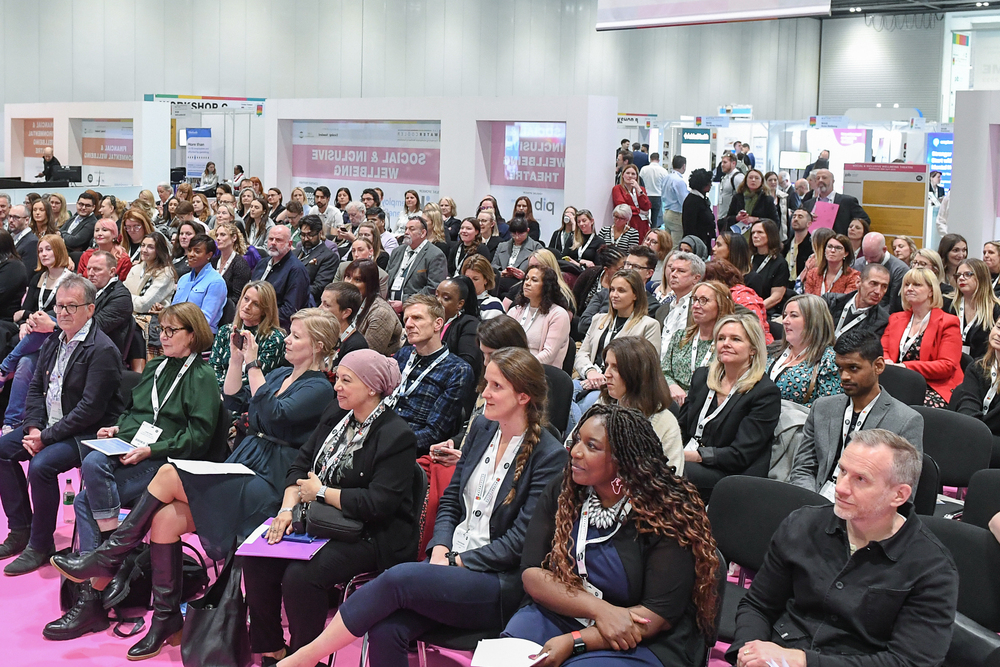This was the message that rang through loud and clear like a siren when I attended the MAD World speaker sessions. Everyone seems to have realised that stepping in with early interventions is far more effective and affordable than trying to deal with health problems once they’ve arisen.
It’s also clear that the chronic illnesses we suffer from aged 50+ build invisibly for decades during working life and aren’t inevitable.
We can intervene.
Longevity is the new term for what we all want: a longer healthspan (i.e. more years of healthy life).
There is an undisputable knowledge gap that has developed over the past decade. The science has advanced significantly but the education regarding health has not. Most people have a dangerously low level of wellness literacy regarding how to keep their biology ticking. Even many experts and curriculums aren’t up to date due to the vast amount of scientific research that is now pouring out of the world’s leading academic institutions.
I believe the biggest preventative wellness impact that an employer can have is by helping their workforce update its knowledge about their human biology. Being armed with these basic facts is a supertool in itself because it influences behaviour, choices, and ultimately habit formation.
Let’s look at the underlying science and see how this preventative approach could play out in practice. What should we be teaching to help encourage behaviour change?
The Evolutionary Biology
Firstly, we know that mental health and physical health are unquestionably linked by the bidirectional gut-brain-axis (part of the vagus nerve). So, let’s think of the body and brain as a whole unit.
Secondly, we know that chronic low-grade inflammation at a cellular level is driving most modern health problems and chronic illnesses. It starts invisibly during mid-life.
Consequently, by targeting the causes of inflammation we are preventing those associated illnesses from ever arising.
Remember, this inflammation continues to increase day by day and is undetectable in its early stages unless you measure it. Five decades of huge diet and fitness trends have not produced healthy nations because they didn’t design a way of sustainably targeting all the drivers of inflammation.
Examples of Preventative Hacks
1. Fix your consuming habits
Nutrition lies at the heart of both mental and physical health. Every molecule we pop in our mouth instantly triggers a cascade of chemical responses that are positively or negatively changing us. Our normalisation of processed foods and supermarket culture has produced eating and drinking habits that are slowly killing us because they drive inflammation and destroy the diversity of our gut microbiome.
- Move your processed food and alcohol habit to being just a treat at weekends
- Instead boost your plant intake and increase diversity – eating at least 30 different types of actual fresh produce (not plant-based food) is the new recommendation to boost healthspan
- Introduce some fasting into your routine. E.g. delay your breakfast and eat within a smaller window of 8-10 hours to open up a longer fasting period overnight
2. Fix your sleep
Have no doubt that if sleep wasn’t a supertool it would have been phased out over millions of years of evolution. We spend a third of our life asleep so make sure you are getting the right type of sleep. Major restoration work happens during deep sleep and REM sleep stages.
- Your circadian sleep circuits use daylight to regulate the timed release of melatonin for sleep. So get early daylight exposure and avoid bright artificial bulbs, overhead lights and screens in the evening.
- Eating too close to bedtime also impairs our sleep system. So try and build food and drink earlier into your routine.
- Your brain is most likely to activate a high quality sleep routine if it knows you are in a safe environment. For example, listening to relaxing music can give your brain this signal. Whereas, evening gym sessions in bright artificial lighting and with banging loud urgent music can have the opposite effect.
3. Fix your movement
Think about the type of movement and frequency of movement. We need to do a lot less than you might think and a gym isn’t essential. We started endorsing large amounts of fitness when we were trying to combat overeating. This didn’t work. As fitness revenues increased over the decades so did average waistline size.
- Stand up frequently and walk as much as possible every day
- If you have a dog choose some challenging walks that include hills
- Always use the stairs instead of the lift
- Leave your car at the far end of the station car park
- Carry heavy bags (maintaining grip strength is now identified as a key factor of longevity)
- Get out of breath (stairs can provide this effect if you have enough flights)
- Join an activity club that also acts as your social input too
4. Fix your stress
We have to be aware of the effects that our modern environment is having on our ancient biology. Our autonomic nervous system works constantly to keep us alive. It’s a survival mechanism. It reviews all sensory inputs and tries to figure out whether it’s a threat or not.
It’s important to recognize that almost everything in our modern world is potentially seen as a threat and therefore, activates the sympathetic ‘fight or flight’ arm of that system. The by-product of this is a constant low-level release of stress chemicals that were designed to keep us alive but now in a constant state of release drive chronic low-grade inflammation.
- Learn how to breath properly – the vagus nerve triggers a calming parasympathetic effect during your slow exhales
- Identify stressors and either remove them from your environment or mitigate them (e.g. turn off email and message notifications on your phone)
- Use music to calm your brain and synchronise breathing
Smart wellness devices and biohacks are now receiving growing mainstream media attention. They are driven by the longevity science field that is acutely aware that prevention is in fact the only way to tackle our modern health problems. Try embedding these approaches in your personal life and workplace and see the results for yourself.
About Dr Julia Jones
Dr Julia Jones is CEO of Smart Wellness, a startup using the latest longevity science to help the nation boost its health with the minimum of effort and the maximum efficiency. As a neuroscientist, sport and exercise scientist, and former Olympic psychologist, Julia has been studying this field as an academic and practitioner for over 30 years. She was first shown biohacking techniques during a visit to a US Navy Seal base in the early 1990s. Music is one of her go-to biohacks which is how she has gained the nickname “Dr Rock” as a specialist in this field. Julia’s trilogy of biohacking and smart wellness books achieved Amazon Bestseller status and her latest book “F-Bomb: Longevity Made Easy” hit Number 1 spot in the Amazon Mover & Shaker list in October 2022. Clients using Neuron’s simple online smart wellness plan, gut tests and veg box home delivery include leading employers, celebrities and elite sports professionals. For more information visit http://www.smartwellness.co.uk/

















